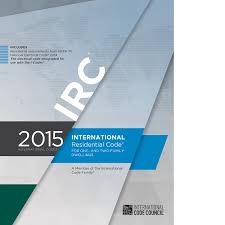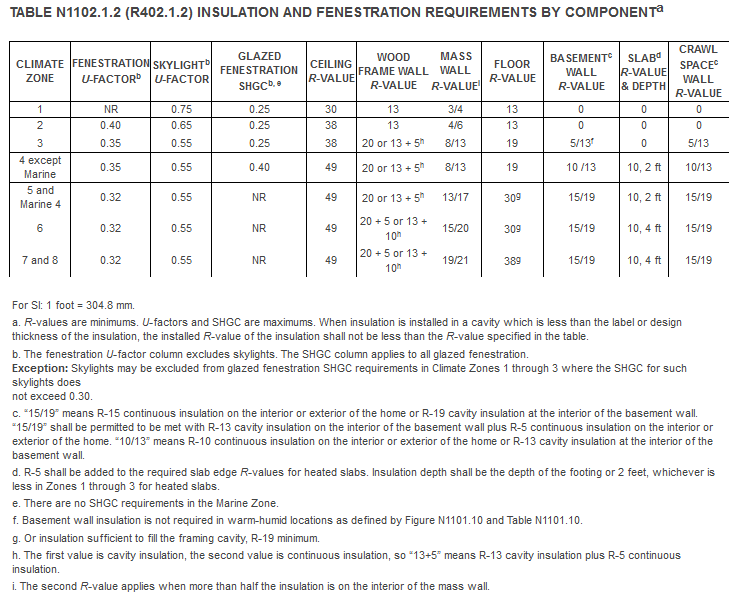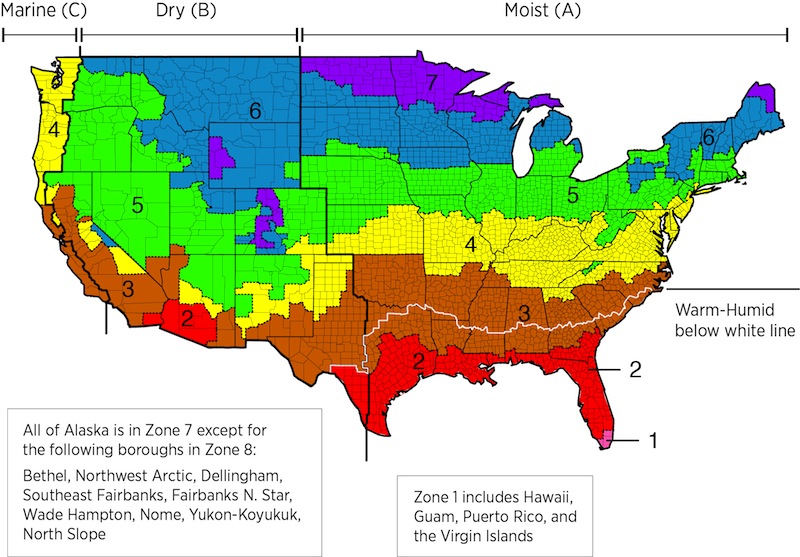
Over the past few weeks we have discussed Hazard Communication (Part I, Part II, Part III and Part IV) and some safety topics – 3 On-site Safety Considerations and Seven Steps for Fire Safety. By following the procedures discussed over the past few weeks, employers can improve workplace conditions, minimize risk to their employees and meet OSHA compliance.
This week we are going to shift gears and talk about the energy code; have you seen the 2015 IRC insulation requirements?
Here they are:

And just in case you are not sure what climate zone you are in, check out this climate zone map:

As an insulation professional, you should know that there are three options to choose from to meet code compliance when it comes to energy efficiency:
- Prescriptive Requirements
- Performance-Based Compliance
- Or, Energy Rating Index
Prescriptive requirements means following the specific written guidelines of the code, such as installing insulation to meet the requirements of the above Table N1102.1.2.
Performance-based compliance using simulated energy performance requires that the proposed design be shown to have an annual energy cost that is less than or equal to the annual energy cost of the standard reference design, or the 2015 prescriptive minimum. The most common method to document performance-based compliance is with the use of energy analysis software.
Energy Rating Index, or ERI, is a calculated number on an index scale of 0 to 100, which compares the proposed design to an ERI reference building built to the minimum requirements of the 2006 International Energy Conservation Code. The Energy Rating Index requirement ranges from 51 to 55, which means that the proposed design must outperform the ERI reference building by 45% to 49%, depending on climate zone.
Following prescriptive requirements is the most common method of code compliance, but there is often more design flexibility using the other compliance options, especially when using a high performance material like spray foam insulation. Over the next few weeks we will dive into some specifics behind each of these compliance options for energy efficiency.
Stay tuned next week as we continue to discuss the interesting world of spray foam insulation.
Subscribe here to keep in touch with Spray Foam Advisor and get your FREE copy of 25 SPF Frequently Asked Questions and a PRIVATE link to Robert Naini’s SPFA Breakout Session, “3 Ways to Close More Sales with Building Science.”


